Our Incheon Travel Essentials lays out the essential information you need to help planning your trip to one of the most popular destinations in South Korea. No matter how frequently you travel, some questions will always need answers: What’s the weather like? How can I get from the airport to my hotel? What currency and type of plug do I need? We have all these answers plus other basic info about the best time to go, getting there, getting around, and a few useful travel tips.
It’s all compiled in this Incheon Travel Essentials. After reading this short and easy-to-read guide, you will be a little more prepared to start your trip to Incheon.
When is the best time to travel to Incheon?
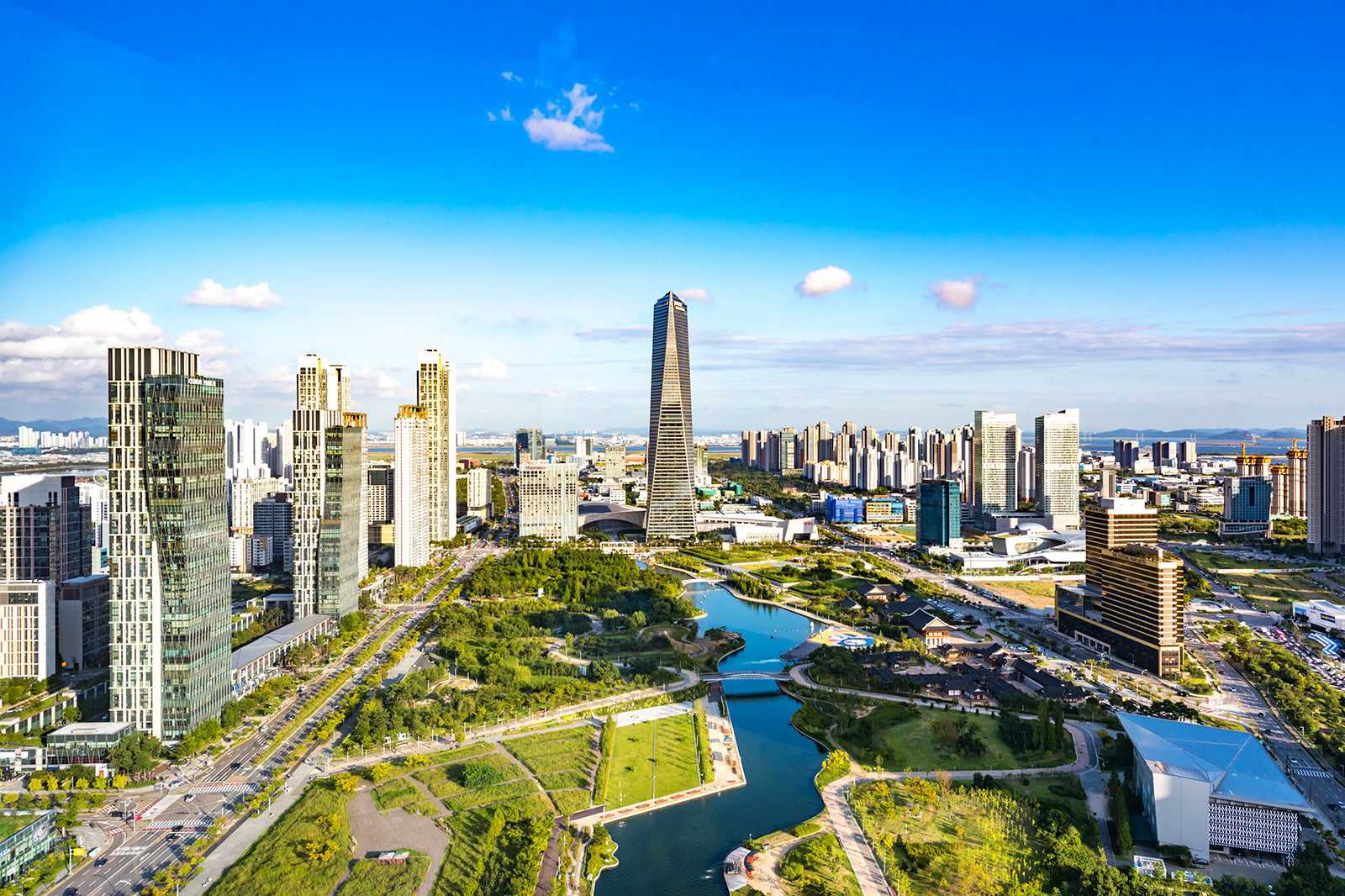
- June and September are the best months of the year for travelling with a temperature range from 20 to 25℃.
- Incheon has both continental and oceanic climates and shows no drastic change in temperatures. Although there are days with a temperature exceeding 30℃ in summer or below –13℃ in winter, this extremely hot or cold weather is rare throughout the year. The city's annual temperature range is usually from –7 to 29℃.
- Summer in the city lasts from late May to September. Despite some rainy and cloudy days, this summer weather would pose no obstacle to travelling. In winter, it is usually cold, but mostly clear, and the winter season lasts a relatively short period of time.
- Incheon has more frequent rainfall than snowfall. Particularly in July, the average rainfall reaches up to 280 mm. It is therefore recommended to check the weather forecast before coming to Incheon.
- Sunrise and sunset times in Incheon greatly vary with the season. In summer, the sun is up for about 14 hours or more, but the daytime gets shorter in winter, sometimes lasts only 9 hours until sunset.
- As Incheon is close to China, it is relatively more often exposed to yellow dust originating from the country. From February to April, you need to check the fine dust information as yellow dust occurs frequently due to prevailing northwesterly winds. During the days with southwesterly winds, a thick fog forms on the sea.
Incheon basics

- Plug type: Types C and F
- Power: 220 V, 60 Hz
- Monetary unit: KRW
- Country code and area code: 82/32
- Emergency call: 119 (fire and ambulance), 112 (Police)
See also
- 10 Most Instagrammable Places in Incheon
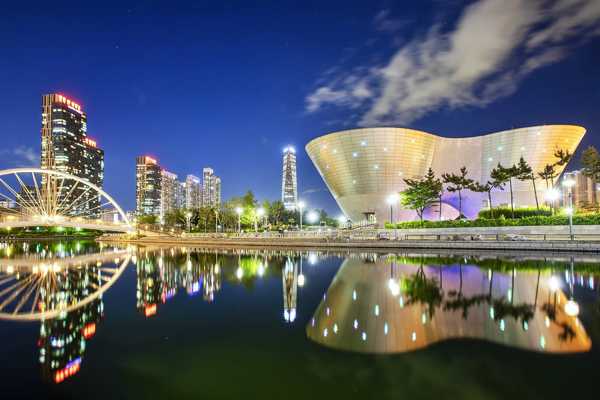
10 Most Instagrammable Places in Incheon
South Korea - 10 Best Markets in Incheon
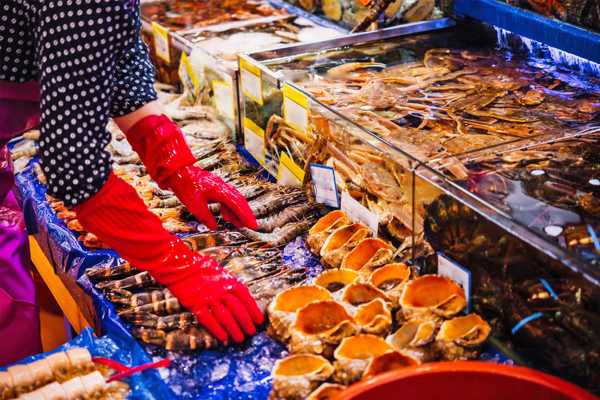
10 Best Markets in Incheon
South Korea - 7 Things to Do in Incheon on a Small Budget
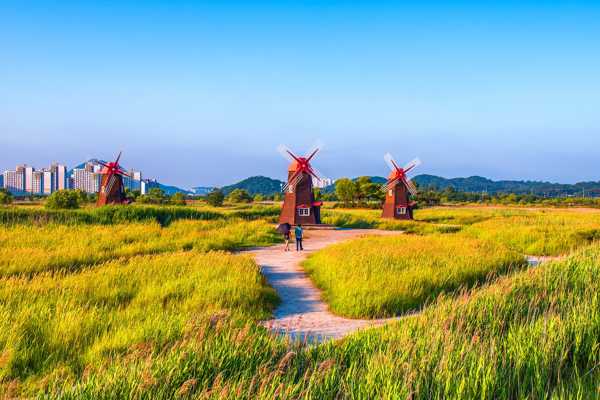
7 Things to Do in Incheon on a Small Budget
South Korea
How to get to my hotel in Incheon?

- The easiest and most convenient way to reach Incheon is to find Incheon International Airport on the map. Incheon International Airport is about 30 kilometres away from downtown Incheon. It is a 30 to 40 minute drive from the airport to the city. Also, Incheon International Airport provides a variety of transportation options to get to downtown Incheon. Buses, subways, taxis, airport limousines, and rental cars are available. Gimpo International Airport, close to Incheon, also enables a convenient trip to the city. The airport is also about 30 kilometres from downtown Incheon, and various types of public transportation are available. Smaller in size compared to Incheon International Airport, Gimpo International Airport has the advantage that you can use it more conveniently. However, as it has fewer flights than Incheon International Airport, you may have a smaller choice of flights.
- Incheon also has a coastal passenger terminal, so you can take a ferry to get to the city. From the passenger terminal, which is located about 10 km away from downtown Incheon, you can use public transportation such as bus and subway to reach your destination.
How to get around Incheon?
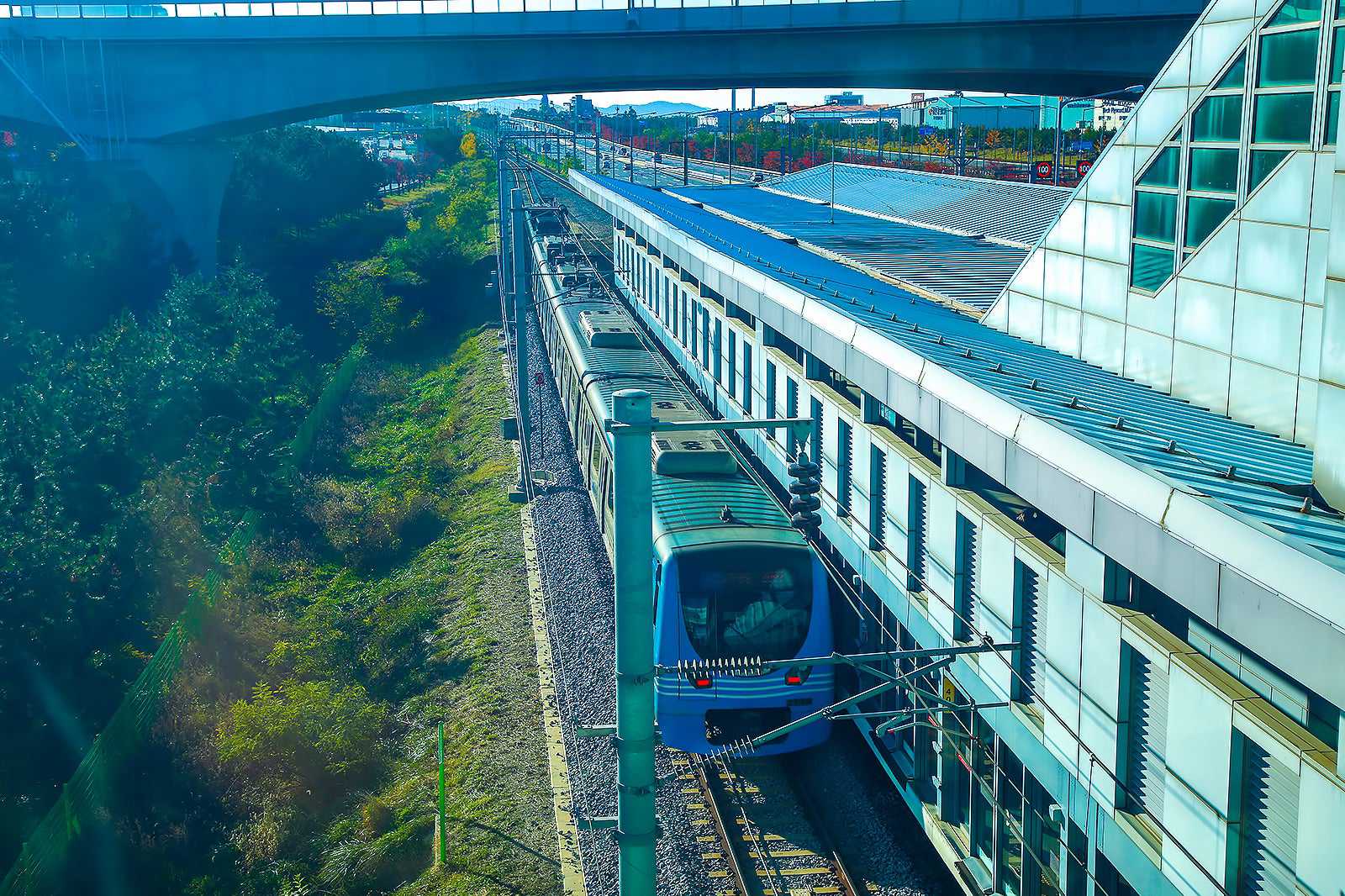
Incheon Travel Tips
You can travel conveniently in Incheon using public transportation. The most common means of transportation are buses, taxis, and subways. The city has been promoting the use of public transportation because it is a city with severe traffic congestion in the downtown areas. As a part of such efforts, intra-city bus routes and services have been expanded to Seoul and even KTX stations, with a free Wi-Fi service introduced for each of city buses. Furthermore, bus-only lanes have been extended to ensure a more convenient use of buses. As for the subway, various cultural and art events have been held within each subway station to attract more passengers. Incheon has about 15,000 taxis, which have been the city's important means of transportation, following buses and subway. With only a single transportation card, you can use all these means of transportation and save money on transit fares when transferring.
Subway
The urban railway operated by the Incheon Transit Corporation is divided into two lines. Particularly, Gyeongin Line, which connects the southern and northern regions of Incheon and Seoul, facilitates a more convenient inter-city travel. The Incheon Subway, currently connected to a variety of bus routes, Airport Railroad, Gyeongin Line, and Suin Line, has been Incheon's fastest and safest means of public transportation. The Incheon Transit Corporation has been committed to strengthening passenger services and expanding convenience facilities. Most subway stations have convenience facilities for the disabled and are also increasing bicycle racks and parking lots. Except for commuting hours, subway stations are not too crowded, so even those carrying heavy luggage can use the subway without difficulty, using escalators and elevators.
Buses
Buses in Incheon are largely divided into four types: wide-area buses, main line buses, branch buses, and town buses. Wide-area buses, or red buses, operate mainly between Seoul and Incheon. Main line buses, or blue buses, play a crucial role in the city’s bus system. Branch buses and town buses, which are green buses, mainly operate in areas that are not serviced by main line buses or serve as a transit to subway stations. You can guess the operation range and destinations by the colour and number of the bus. In addition, by using a transportation card, you can save on the fare, as there is a transfer fee discount for transfers between buses. The discount also applies to transfers between buses and subways, so it is recommended to use a transportation card rather than cash.
Taxis
Incheon's taxis are largely divided into regular taxis, deluxe taxis, and large taxis. Although deluxe and large taxis are more comfortable and convenient than regular taxis, the basic fares of these taxis are a bit more expensive than regular taxis. Taxi fares vary depending on distance travelled, travel time, and the time of day (daytime, nighttime, and late night), so it is recommended to check the taxi metre right after taking your taxi. If you need to go to the airport, it is convenient to use an airport taxi. To use a taxi, you can either wait for a taxi near the departure point or make a reservation in advance. Most taxi companies provide a reservation service, and you can book a taxi online or on the app by selecting the departure and arrival points. When using a taxi, always check the address of your destination and then provide the correct one to the driver to avoid travelling to a wrong destination.
What are the main annual events in Incheon?
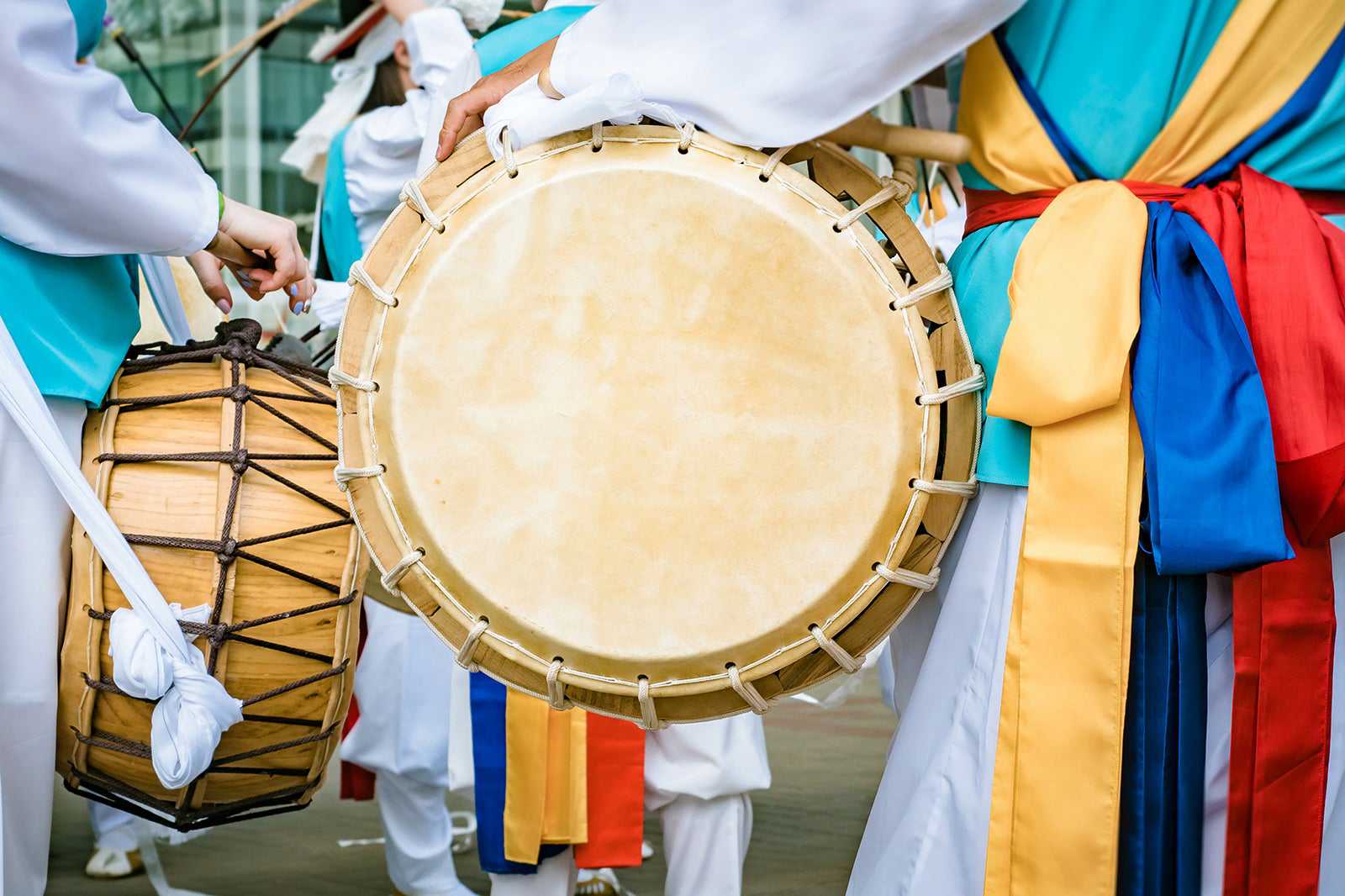
Jayu Park Cherry Blossom Festival
- April
- Every year in April, when cherry blossoms are in full bloom, Jayu Park is crowded with families and couples who gather to see the flowers. This festival is loved by locals and tourists as it provides a variety of attractions such as cultural and artistic events and fireworks. From the top of the park, you can see a panoramic view of Wolmido Island and Incheon Port. At night, the cherry blossoms are illuminated by lights and create a fantastic atmosphere.
- Venue: Jayu Park, Incheon
Incheon Pentaport Rock Festival
- October
- The name “Pentaport” means “five ports,” which consist of three “ports” - airports, seaports, and information ports - plus business and leisure. It represents the city's aim to become a hub city in Northeast Asia. Every October, rock musicians from Korea as well as from all over the world gather and offer enthusiastic performances for this festival.
- Venue: Songdo Moonlight Festival Park, Incheon
Bupyeong Pungmul Festival
- October
- Started in 1997, the Bupyeong Pungmul Festival provides opportunities to learn and enjoy traditional Korean music and performance culture such as nongak (farmers' music), folk games, and pungmulnori (traditional percussion music). It is a festival for all, where pungmul musicians from all over the country offer exciting performances, and visitors to the festival participate in these performances. The festival has played a major role in developing Bupyeong into a cultural city that inherits the artistic tradition of Korea.
- Venue: Museum Park in Samsan-dong, Bupyeong-gu, Incheon
What are the main landmarks in Incheon?
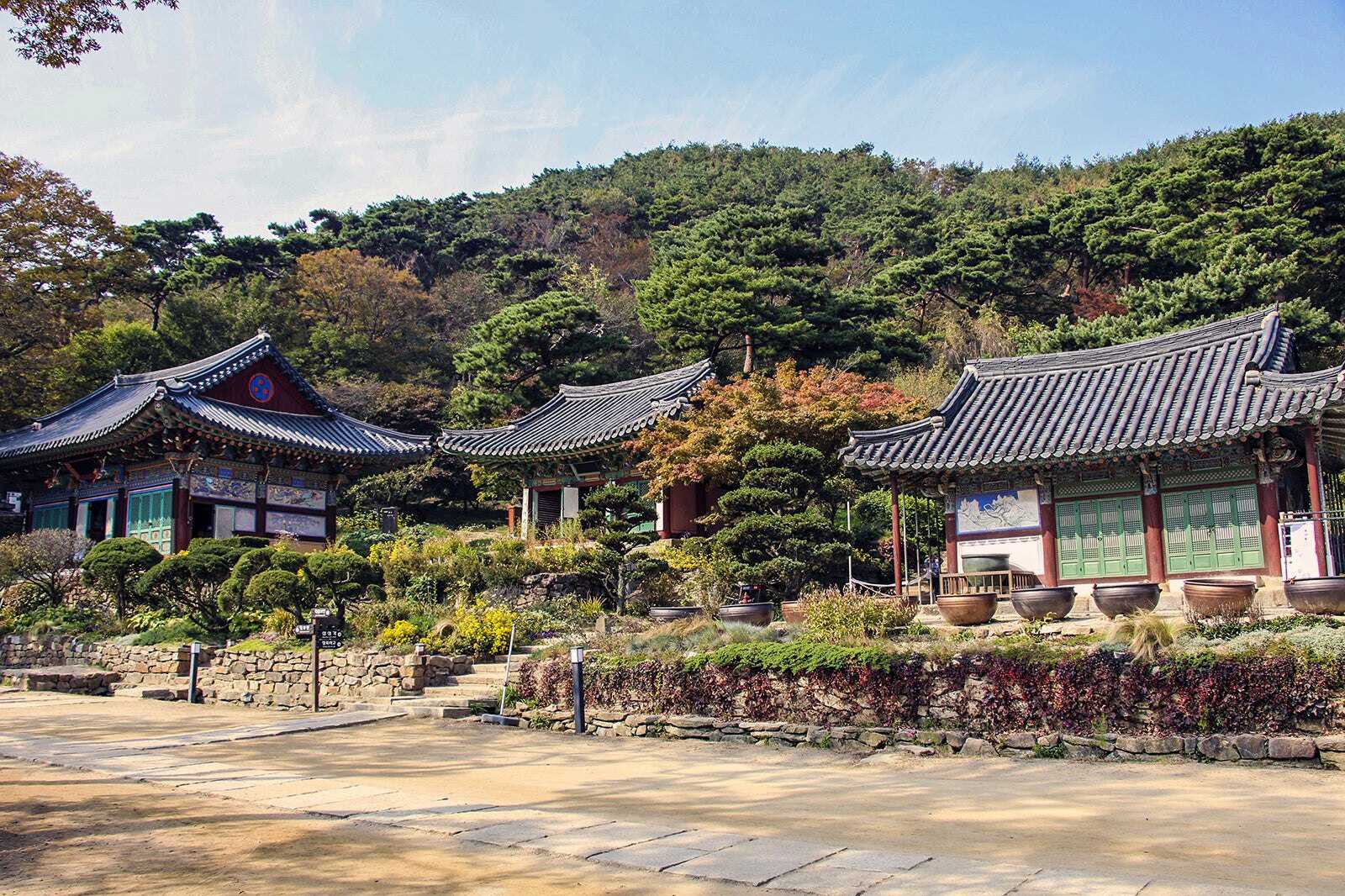
Jeondeungsa Temple
Jeondeungsa Temple is a peaceful temple located in Jeongjoksan Mountain in Ganghwado Island. Established during the Goguryeo period, this temple is known to be the oldest among many existing Buddhist temples in Korea. The name “Jeondeung” has the meaning of “to offer a lamp.” A queen of the Goryeo Dynasty found the peace of mind at this temple and sent lamps as a token of her gratitude; since then the temple has been called “Jeondeungsa.” Jeongjoksan Mountain, where Jeondeungsa Temple is situated, is not very high or steep, so you can reach the temple without difficulty.
Songdo Central Park
Songdo Central Park is a greenery park created in the city centre, modelled after Central Park in New York. The park features Korea's first artificial canal using purified seawater. It also has a forest trail and a bike path, along which you can conveniently explore the park by bike. If you're lucky, you might encounter a deer grazing in the forest. There are other ways to explore the park, by taking a water taxi on the canal or looking for the Tri-bowl, the most impressive landmark of the park, for instance.
Gwangseongbo Fort
Gwangseongbo is part of an ancient fortress that existed on Ganghwado Island. The fortress was built during the Mongol invasions of Korea (1231-1270), along with several forts called “dondae.” Gwangseongbo was one of these forts. Afterwards, the fort played an important role in defending the island. Later, during the United States expedition to Korea (1871) that occurred during the Joseon Dynasty, the two countries waged fierce battles around this fort. With its well-maintained gates and walls, the fort today serves as an educational and recreational space, where tourists can learn about Korean history and take leisurely walks.
Songwol-dong Fairy Tale Village
Songwol-dong Fairy Tale Village was created in 2013 with the theme of fairy tales of the world to improve the residential environment of the area. The old houses here were remodelled into representations of famous fairy tale motifs, such as the tin woodman from the Wizard of Oz and the gigantic beanstalk from Jack and the Beanstalk. As soon as setting foot in this village, visitors feel as if they were in these fairy tales. Taking pictures with various fairy tale characters found in every corner of the village, you can build special memories. It is a place where people of all ages can revisit their childhood.
This article includes opinions of the Go Guides editorial team. Hotels.com compensates authors for their writings appearing on this site; such compensation may include travel and other costs.
Start planning your trip
Where to stay in Incheon

Grand Hyatt Incheon

Nest Hotel Incheon

Paradise City

Mayfield Hotel Seoul

ibis Styles Ambassador Incheon Airport T2

Oakwood Premier Incheon

Sono Calm Goyang

The First Stay Hotel

Sheraton Grand Incheon Hotel

Courtyard by Marriott Seoul Botanic Park
Related stories
- 10 Most Instagrammable Places in Incheon

10 Most Instagrammable Places in Incheon
South Korea - 10 Best Markets in Incheon

10 Best Markets in Incheon
South Korea - 7 Things to Do in Incheon on a Small Budget

7 Things to Do in Incheon on a Small Budget
South Korea - 10 Best Places to Go Shopping in Incheon
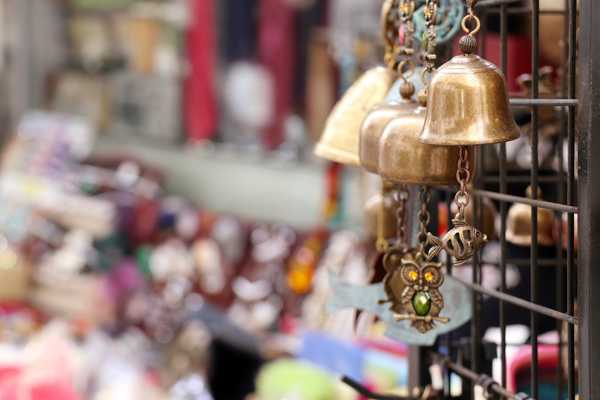
10 Best Places to Go Shopping in Incheon
South Korea - 7 Places Where Locals Love to Eat in Incheon
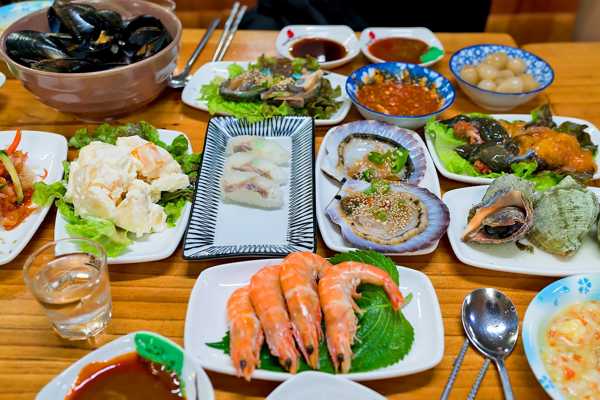
7 Places Where Locals Love to Eat in Incheon
South Korea - 10 Best Islands in Incheon
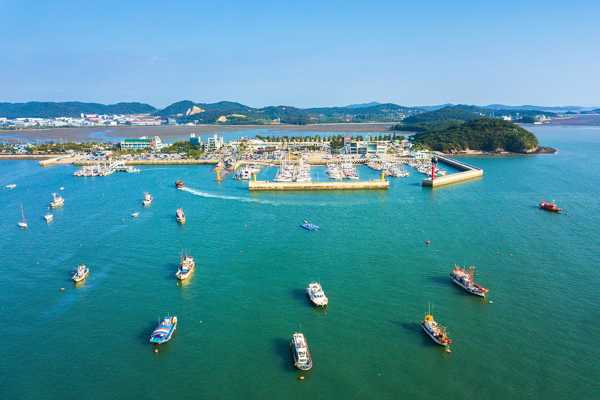
10 Best Islands in Incheon
South Korea - 12 Best Things to Do for Couples in Incheon
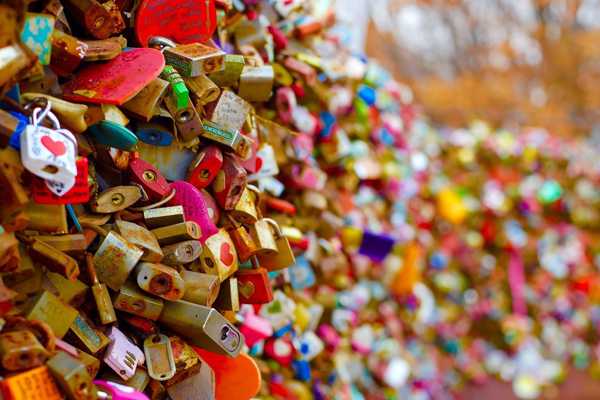
12 Best Things to Do for Couples in Incheon
South Korea - 10 Best Beaches in Incheon
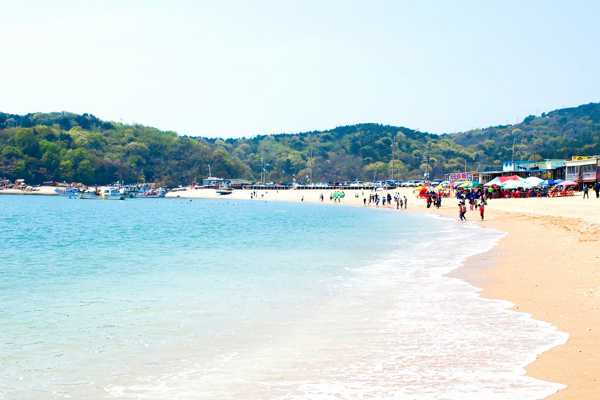
10 Best Beaches in Incheon
South Korea
